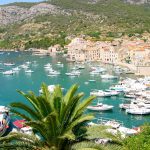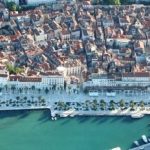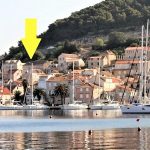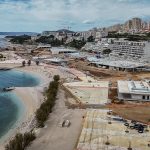April 18, 2020 – Foreign buyers and Croatian real estate have produced many horror stories over the years. Meet one Brit who can how you how to buy Croatian property in just 1 day. He should know how, for he has done precisely that.
We are delighted to welcome Steve Gaunt to TCN, arguably the most famous Brit within a 7-kilometre radius of Vinkovci. Steve came to Croatia as a volunteer in the Homeland War back in 1991 and has been here ever since. A font of all knowledge and unusual projects, he even opened his own English pub in a field in the middle of nowhere. And even more incredibly, he actually managed to conclude a real estate deal and buy Croatian property in just one day. Find out how below.
Steve is the 147th contributor to TCN. Welcome, Number 147! If you would like to write about the Croatia, Montenegro or Slovenia where you are, please contact us on news@total-croatia-news.com
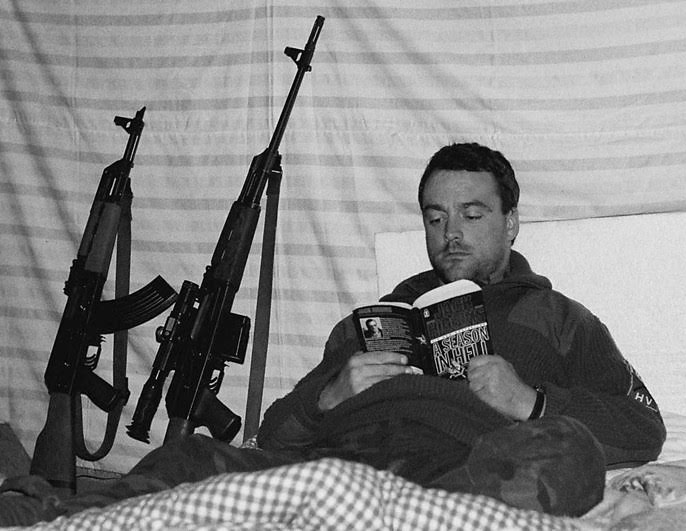
After living in Croatia as a “Podstanar” or tenant from 1991 to 2003, I took out a government-backed mortgage to buy a flat under the scheme for Homeland War Invalids. I was only classed as 50% invalid, so I was a long way down the list and I had a growing family. Of course there was a lot of paperwork involved but this was over a long period and I had my capable wife to sort all that out. Seventeen years later, we still aren’t yet listed as owners of the property. This concerns me as I have no idea what should happen if I died. My family would get no money and though it is easy enough to raise the 113 Euro to pay the monthly instalment, we still have another eighteen years to go before it is paid off. I needed some other options.
Now British people living in Croatia will probably be aware that Croatians consider all British people to be rich or to have some mysterious source of income flowing to them from the UK. Even though I take precautions, such as driving an ugly clapped out car and wearing free promotional clothing to try and persuade people that just because I am English, I am not wealthy, it doesn’t work.
In 2013, a Croatian friend of mine, who incidentally, was one of the very first people I met in Croatia in 1991, had fallen on hard times and wanted to sell some land. He was still clinging to the erroneous belief that being English meant I had money. I didn’t have any savings but I have always wanted some land, any kind of land, just to sit on it and say, “This is mine”.
It was a simple field of 1587m2, but it was in a nice secluded area in an abandoned hamlet and was inside the building zone. The seller’s price was 2400 Euro (it continually amazes me that Croatians still price major purchases in foreign currency, as if hyper inflation still existed, or might suddenly return after 30 years of stability). I agreed and asked him if he would take it in instalments, which he did. I soon paid him off and built a little wooden cottage on the land. After that I was approached by other local people wanting to sell and by English friends wanting to buy. For myself I bought the two adjoining plots of 2120m2, including an abandoned house. Three friends bought a plot each, all with a house on. Later on one friend sold his property to another, so in a very short period I had organised the sale or purchase of land six times and on the last occasion I had managed to do it in a single day.
So, here is how to buy property in a single day. But before you start:
Part One. The on line check.
The easy bit. After you have chosen the property you want, the first things you need to know are the details about the land. A visit to katastar.hr is an absolute must. You can find out the size of the plot, what it is being used for (farming, housing), who the owner is and if there is any debt tied to your perspective purchase.
The web pages of katastar.hr are also in English, so easy enough to follow.
This is the welcome screen; you can change to English with the selector button to the right of the search box. At the bottom you can select what section you need, most likely “Find cadastral parcel”.
By clicking on that you get a map of Croatia. Zoom in to find the property you want. In this case, I have chosen a friend’s property in Andrijaševci near Vinkovci. When you have zoomed in you will see the borders of the properties and their numbers. In this case, we are looking at plot 121.
If it is a building you are looking for, it is a good idea to check that the size and position of the house match the outline drawn. As you can see in this screen shot, house number 41 on plot 125 does NOT match the position or size. This could be a problem as it may be due to alterations of the property and if that is the case then the necessary permits would need to be made available.
So, back to plot 121. By clicking on that plot you will get a pop up with three information sections, as follows:
TYPE OF USE which is usually described as housing (Kući) or agricultural use (Oranica). Please note that just because a piece of land is described as in agricultural use doesn’t mean that it isn’t building land, you will need to check that (more later).
REGISTERED PEOPLE which gives you the owner or owners. There may be more than one and ALL would have to take part in the sale!
BASIC INFORMATION which gives you the municipality, the parcel number, the size in square metres, the location (in this example Veliki Kamenik) and most importantly, a link to the Possessory Sheet on the Ministry Of Justice page (click “View” marked by red rectangle).
Also click Parcel Identification (marked by red arrow) which then shows you the LR file number, in this case 1029 (underlined). You will need that number later.
The possessory sheet:
Only in Croatian I’m afraid. This doesn’t give you much in the way of information, but if you click the link named “Pregledaj ZKU/BZP” (marked here by the red rectangle), you will get all the information, including the owner’s name and address and if there is any outstanding debt on the property.
In our example below there is a possible debt evidenced in Section C but this and others I have seen tend to be old debts that are paid off but the owners haven’t bothered to go through the process of getting it formally closed. Always check with the owners! If there is no debt on the property, Section C will say “Teret nema”.
Now you have pretty much all the details you need to start the process of buying your property.
Part 2. Paperwork
Only one piece of necessary paperwork may take a few days to be completed but at least it is free. This is the check to see if the property you want is on building land or agricultural. You absolutely have to have this paper even if it is obvious. The best thing is to print out the details, as in the above picture, showing which main land office (in this case Vinkovci), local land office (Andrijaševci), plot number (121) and property description (in this case Oranica Veliki Kamenik). Please note that throughout all the relating paperwork, the property description should be always written as entered in this document.
Take this document to the local town planning office. It should have a plaque as per the example below.
Give the document to the person who smiles the most and tell them you want a document showing that the plot is in a building zone*. Give them your contact details and collect the document when it is ready. It has taken me 2 to 5 days when I apply.
*If you are buying agricultural land, you don’t need this.
Now, while you are waiting and if you don’t already have one, go get yourself an OIB. An OIB is a personal identification number and you can apply for one for a number of reasons, such as buying a house or opening a bank account. You don’t need to be a resident and you don’t need to be a Croatian national. The safest reason to use for applying is to open a bank account; it is never questioned. You do this at the local tax office and someone will direct you to the relevant office that deals with OIBs. Take your passport of course. In fact, make a few copies of your passport, you may need them. It should take just a few minutes.
Now you have this document, you are ready to finish the deal. The next step is to go to a stationary shop that stocks all the government and legal papers (there are plenty) and buy a “UGOVOR O KUPOPRODAJI NEKRETNINA”. In fact, buy a couple because you’ll mess up. Below is a sample and we will fill it in using the example we have been using so far.
UGOVOR O KUPOPRODAJI NEKRETNINA (Agreement for buying/selling real estate)
The seller will possibly have their copy when they bought the land and you may be able to fill in details from that, but the forms have changed a lot over the years. The seller will have to be with you to fill out their own details.
The following shows how to fill in the first page (sections I & II). For the rest over the page you write ODMAH in section V (that you are buying immediately) and unless otherwise agreed, in section VI write KUPAC in each line to show that the buyer is bearing the cost of the transfer and paying any taxes arising from said transfer (more later).
Then write place and date in section VIII and then buyer and seller sign it twice.
Now the front page:
Part 3. Buy a house in one day
Now with the owner you must go to a Public Notary’s office (Javni Bilježnik) to get the agreement notarised. You will need two copies for yourself. Prices for this service are varied slightly but shouldn’t cost more than 150 kuna. The seller should be happy to organise this.
Now for the hard bit. The seller isn’t needed anymore and has probably scarpered.
Go to the correct ZEMLJIŠNOKNJIŽNI ODJEL, more commonly called GRUNTOVNICA (Land Registry). You can find your local one marked on the map you used to find the plot you were looking for. As it is a part of the Court system, it is usually attached to or inside a court building. Now you are dealing with a harsh bunch of bureaucrats who feel you are there for them, not them for you. They will ask you to fill in a request form for what you require (register your property). It’s a good idea to find this office before you start and obtain a form. It is important that you put in this form the name and address of where you want them to send communication. When they eventually allow you in to their hallowed domain, give them the documents (the request, the original agreement and the paper saying the property is on building land plus copy of passport or National ID card). They will keep them. This will then go through a proceeding and you will be notified at the address you gave. I was once rejected as I had a paper missing and they didn’t ask for it, meaning I had to go through the process again. The process takes about a month.
When dismissed, bow from the waist smiling and back out quickly.
Time to pay the tax. Now you have paid the seller the agreed price but often buyers put the value much lower than you have actually paid. This is because the tax is 5%. Whatever you decided to do regarding the value, the next trip is to the local tax office. They will take your agreement and give you a bill for 5% of the amount listed. You may never hear from them again if you are lucky, but the tax office will do their own valuation of the property and ask for another payment based on their value of the property if it is too low. When you go to the tax office they will ask for photos to assess the condition and therefore value of the property.
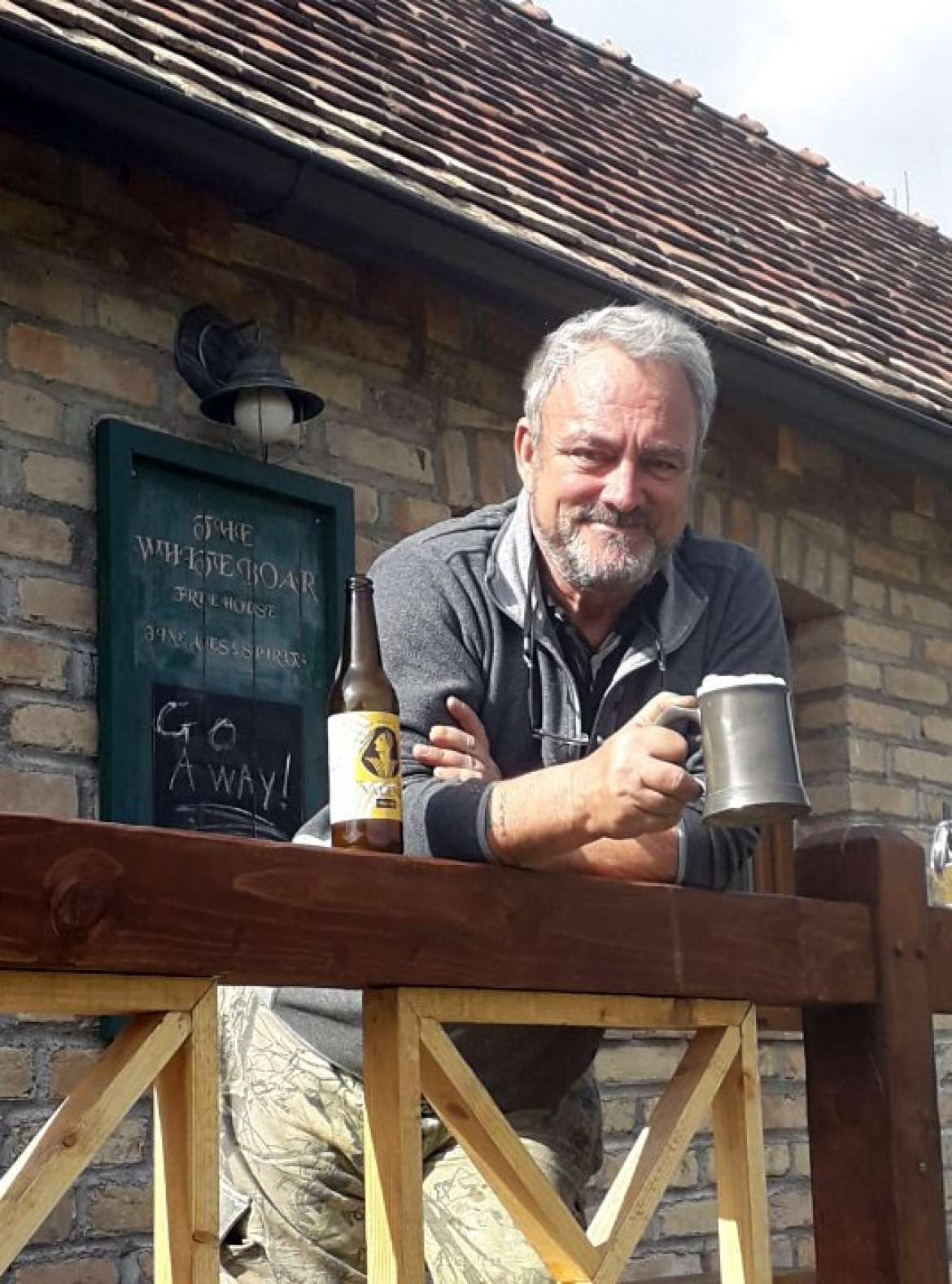
Congratulations! You are done.
Now the variables. All the properties I bought were either built before 1968* or involved a small building and therefore I didn’t need to show any building permits. Properties described as “Kuću za odmor” or “Vikendica” are usually exempt to have the building permission or energy certificate. Buildings that are over a certain size or built after 1968 will need the requisite building permits and probably energy certificates to be shown at various stages. The seller should have all of these required documents. Of course, building plots with no building are the simplest to process.
*You can get proof that a building was built before 1968 (when an aerial survey was made) from the same place you got your proof that the property is in a building zone.
Great stuff, Steve, many thanks. I look forward to seeing you for a pint at the White Boar in due course.



